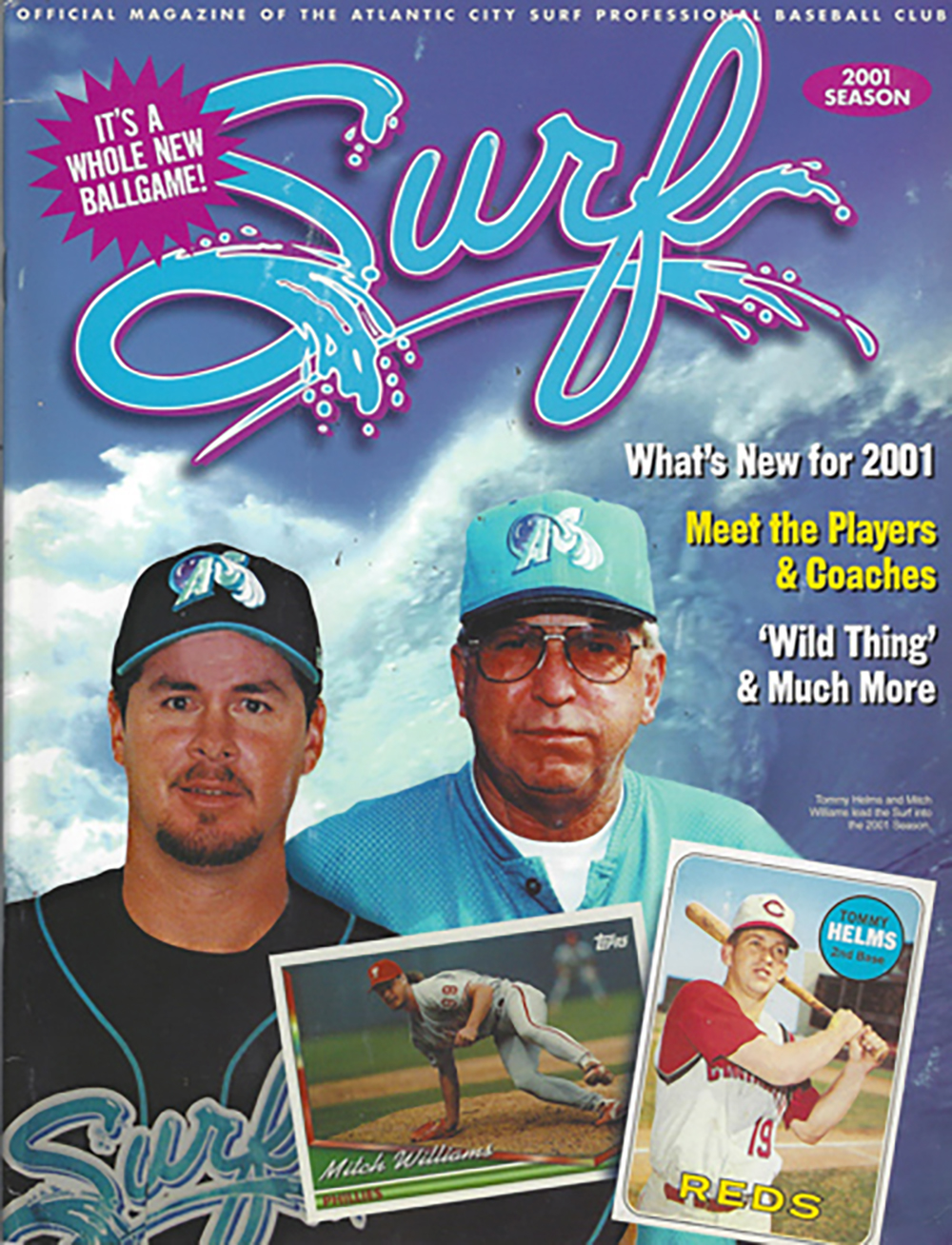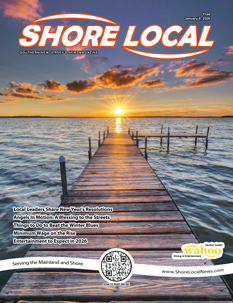By Bruce Klauber
“And there used to be a ballpark where the field was warm and green,
And the people played their crazy game with a joy I’d never seen,
And the air was such a wonder, from the hot dogs and the beer,
Yes, there used to be a ballpark right here.”
– Song written by Joe Raposo
Sung by Frank Sinatra
On paper, the idea of having a minor league baseball team in Atlantic City was a fine one, maybe even a can’t-miss proposition. Having the excitement of a real-live professional ball team in town would certainly add to the Atlantic City gaming experience. Further, going to the ball game would be the perfect family activity in a town that cries out for more events for families to enjoy together. Professional baseball in Atlantic City? No doubt, fans would be thrilled.
In all probability, the city fathers were unaware that the World’s Playground previously hosted two minor league baseball teams: one in 1885, and the other in 1912, that were both unsuccessful.
But almost 100 years later, the concept of bringing minor league baseball looked great on paper, and on May 20, 1998, Atlantic City’s very own baseball team, called the Atlantic City Surf, played its first game at a new ballpark, then called The Sandcastle.
There were issues from the start as the Surf wasn’t affiliated with a major league club. The Surf was part of an independent organization called the Atlantic League of Professional Baseball. The Atlantic League operates in cities not served by major or minor league franchises. Its teams play in suburban locations that are too close to teams in major league baseball to have affiliated minor league teams of their own.
In Atlantic City’s case, the Philadelphia Phillies, New York Yankees, and New York Mets would be deemed “too close.” The league’s other requirements are quite specific: A host city must have a 4,000-to-7,500-seat ballpark maintained at Triple-A standards.

Building the ballpark was the first hurdle. In 1996, the Vineland-based Arthur J. Ogren construction firm broke ground on what was first called The Sandcastle Stadium, located on the city’s Bader Field, for a cost of, depending upon what reports you believe, somewhere between $14.5 million and $18 million.
Evidently believing in the project, the Casino Reinvestment Development Authority kicked in $11.5 million. The remainder came by way of a bond issue floated by Atlantic City. The 5,500-seat park was completed in 1998. Left field, right field and center field distances were a bit on the short side, but still at the pro level. Left and right field distances were 309 feet, and home run distance to center field was 400 feet.
It was, during its operation, a good little park, and the Atlantic City Surf was an above-average team which actually made it to the post-season four times.
In 2007, the team switched from the Atlantic League to the Can-Am League, which stood for the Canadian-American Association of Professional Baseball.
Like the Atlantic League, Can-Am had no affiliation with minor or major league teams.
During the team’s existence, members of the Surf received a number of awards. In 2007, manager Chris Carminucci was named Manager of the Year, Brian Rodaway won the Pitcher of the Year, and Matt Pike received the Reliever of the Year award.
During the years that the Surf played in The Sandcastle Stadium, attendance varied from being packed one night to nearly empty the next. When there were fireworks displays or other local promotions, and there were many, the park was crowded. Most nights, it was not. The park’s naming rights were sold to Bernie Robbins jewelry in 2006, on the thinking that the tie-in with Robbins and the Robbins’ name would somehow enhance the stadium’s promotional capabilities. It did not, but it wasn’t for lack of trying.
In October of 2006, Bernie Robbins Stadium hosted the Atlantic regional qualifying rounds for the 2008 Rugby League World Cup. Two years later, WCAU television’s sports director and former Eagles player Vai Sikahema and one-time major league baseball superstar Jose Canseco squared off in a celebrity boxing exhibition, with the winner receiving $5,000. Sikahema was a former boxer and Canseco had martial arts experience. Sikahema won by knockout in the first round. Those were just some of the promotions geared to bringing folks into the park.
On March 30, 2009, the Atlantic City Surf was no more. The proposed sale of the team fell through, and there was no one interested in buying it. The Can-Am League’s Ottawa Voyageurs also collapsed at the same time.
By 2011, the vacant stadium was in bad shape due to vandalism and general deterioration. It was restored in order to host a three-day music festival headlined by the Dave Matthews Band. The next year, the stadium was officially renamed Surf Stadium.
There have been special events held at Surf Stadium since then, including several music events, conferences, and use by local high school and college baseball teams.
In 2018, Atlantic City’s City Council granted permission to former Surf owner Frank Boulton to conduct a search to find an individual or investment group interested in bringing minor league baseball back to Atlantic City. Boulton was so high on the idea, that he actually announced plans to begin play in the 2019 season.
Sadly, it never happened, and since then, no plans have been announced to bring pro baseball back to Atlantic City.
There is positive news for baseball in Atlantic City. The historic Pop Lloyd Stadium, located at 1200 N. Dr. Martin Luther King Jr. Blvd. next to the Dr. Martin Luther King, Jr. School and named for legendary, Negro League ballplayer John Henry “Pop” Lloyd, has been in disrepair and virtually unused for the past few years. But thanks to $5 million in funding from the $35.5 million awarded to Atlantic City by the American Rescue Plan, work has just started on restoring the field into what will be a multi-sport recreation center.
The work, which should be finished by the fall, will include new seating, fences, bathrooms, scoreboards, dugouts and lockers. The artificial turf being installed will make Pop Lloyd Stadium suitable for soccer and lacrosse, in addition to baseball. Pop Lloyd, who died in 1964 and was inducted posthumously into the National Baseball Hall of Fame in 1977, played for several teams before he moved to Atlantic City and played for the Bacharach Giants. FYI, the Giants played in another long-gone stadium in the city, located on Adriatic Avenue near Kentucky Avenue.
Lloyd is considered to be one of the greatest shortstops in Negro League history. He played for close to 25 years and batted over .300 for most of those seasons.
“Pop Lloyd was the greatest player, the greatest manager, the greatest teacher,” said Bill Yancey, a shortstop who played with him and became, in the latter 1960s, a scout for the Philadelphia Phillies. “He had the ability and knowledge and, above all, patience. I did not know what baseball was until I played under him.”
Bruce Klauber is the author of four books, an award-winning music journalist, concert and record producer and publicist, producer of the Warner Brothers and Hudson Music “Jazz Legends” film series, and performs both as a drummer and vocalist.








